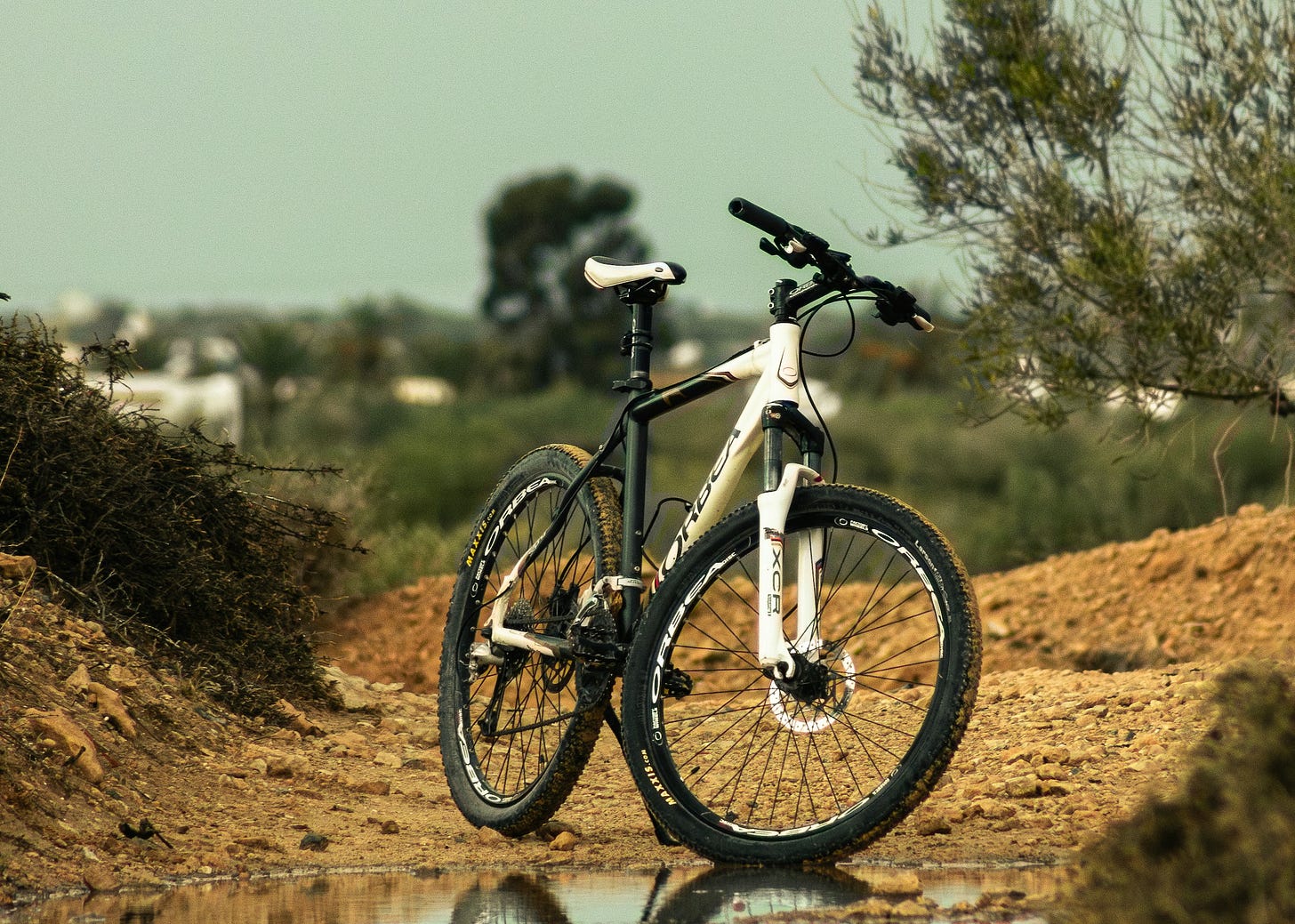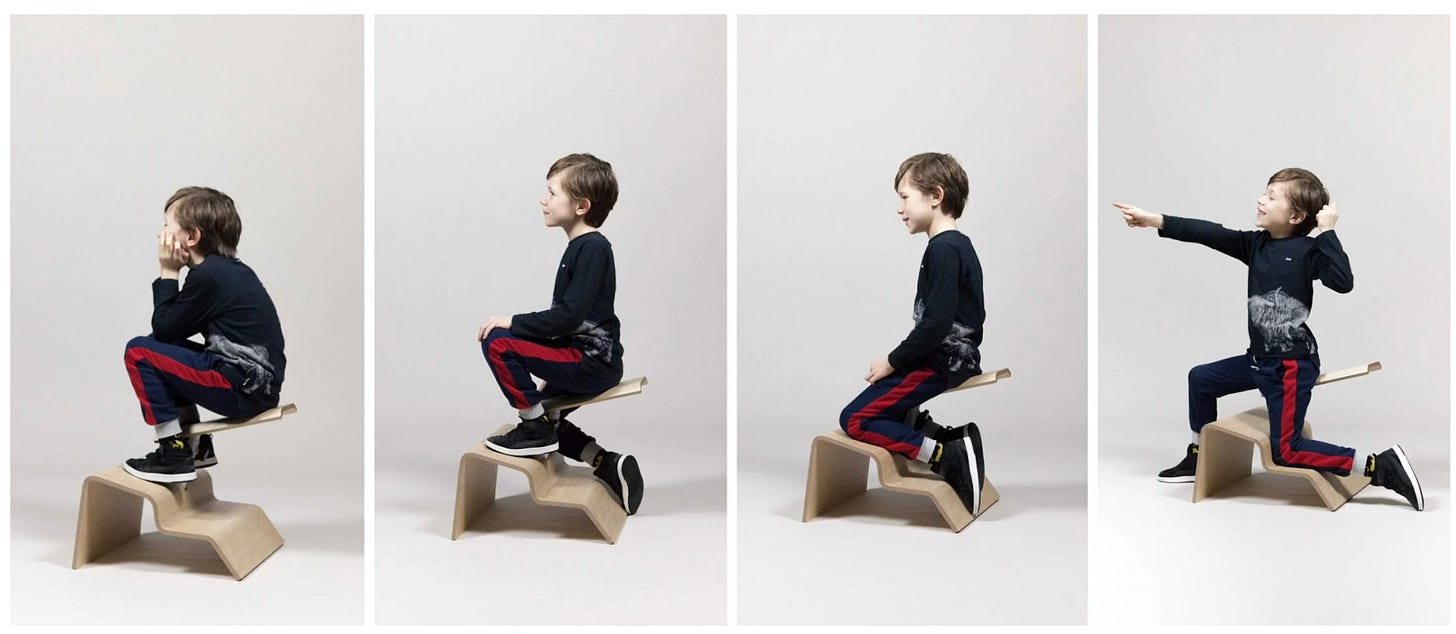The Pattern Breakers
Breakaway
It’s 1969. Spain is under Franco's fascist rule. Orbea is a 129-year-old gunmaker-turned-bicycle company. And, it’s going bankrupt.
The owners want to close shop. But the workers? They pool their money, buy the company, and turn it into a cooperative.
And today, it’s still worker-owned.
Orbea cranks out 250,000 bikes annually from their Basque factory. Their bikes have won Olympic golds, Tour de France stages, and have even won my bike-collecting friend Sean over. He told me this: everyone from the person gluing boxes to the CEO can become a part-owner.
What this got me thinking is the number of organisations I’ve worked with who’ve named ‘employee engagement’ as a strategic pillar, or driver, or accelerant. But is it possible to go beyond engagement — to ownership? Perhaps not literally, unless you offer stock, but . . . .
Orbea flipped that script 50 years ago. Their employees aren't just engaged, they literally own the place. No wonder they've survived economic crashes, political upheaval, and industry disruption.
Question: What would work differently in your organisation if employees owned it?
False Choices
True innovation often arises when someone successfully combines polar opposites.
W L Gore invented 'Gore-Tex', a fabric that is both breathable and waterproof. Airbnb made the homes of strangers feel more welcoming than hotels. And, take a look at this: seating for children that encourages movement, not actual sitting.
These are school chairs with multiple positions that encourage the children to regularly change their postures throughout the day in a bid to increase their "muscular diversity" as well as their concentration levels.
I’d love to see these succeed wildly!
I've worked with organisations stuck because they think they have to choose between competing priorities. But the breakthroughs come when you ask: "How might we do both?" Instead of quiet reflection OR dynamic collaboration, what if we designed for both? Instead of accountability OR innovation, what if the system demanded both?
Question: What paradoxical elements could you combine to differentiate a service or product?
Thinking Cultures: The Hidden Operating System
Harvard's Project Zero has spent decades studying what makes groups genuinely think together.
Their verdict?
There are eight ‘cultural forces’ that either kill — or cultivate — collective intelligence.
My verdict: They’re right.
Over 30 years of running thousands of groups through strategic conversations bears these out. Below I explain each in just one short phrase, with an example from my recent work.
1. Expectations: What we believe will happen shapes what actually happens.
A CEO says "I need three options" versus "I need your best thinking on this problem." The first expects deliverables; the second expects intellectual engagement. Staff will rise or sink to meet that expectation.
2. Language: The words we choose literally rewire how people think.
A leader asks, "Why didn't this work?" (blame-focused) versus "What did we learn from this?" (learning-focused). One kills psychological safety; the other builds it.
3. Time: Thinking requires time, but we often mistake activity for progress.
A government agency differentiates between 30-minute "decision meetings" and 90-minute "thinking sessions" in which the first 20 minutes in silence for individual reflection.
4. Modelling: People watch what leaders do, not what they say.
A board chair who says "I'm confused by this data. Help me understand it" models intellectual humility. One who pretends to understand everything models intellectual posturing.
5. Opportunities: The chances we create for people to engage their minds.
Asking staff to "implement the new policy" is not as good as asking them to "identify what could go wrong with this policy and how we'd know." One is compliance; the other is analysis.
6. Routines: Predictable structures that scaffold thinking.
One of my clients starts strategic conversations with "What assumptions are we making?" and ends every significant meeting with "What questions are we not asking?" These routines normalise critical thinking.
7. Interactions: The quality of relationships determines the quality of thinking.
One team has agreed on a practice where people say "Yes, and..." to build on ideas versus "But..." to shoot them down. This ultra-simple interaction pattern generates relational strength; the other kills it.
8. Environment: Physical and psychological spaces that support or sabotage thinking.
I refuse to work in conventional boardrooms with a massive table where everyone sits side by side unable to see everyone. I want a physical arrangement that dilutes power and hierarchy.
My friend and colleague Tracey Ezard introduced me to Project Zero. She and I agree that the key insight is this: These forces work together as a system. Change one, and you start shifting the culture. Change several intentionally, and you transform how your organisation thinks together.
Question: How many of the above forces could you harness tomorrow?
Pay slightly deeper attention to the world around you this week and look for pattern breakers all around you.
Oh, and click the heart if you got down here and like what you’ve read!
See you next week,
Andrew



Really liked this weeks instalment Andrew, especially Thinking Structures
Interesting and straightforward.